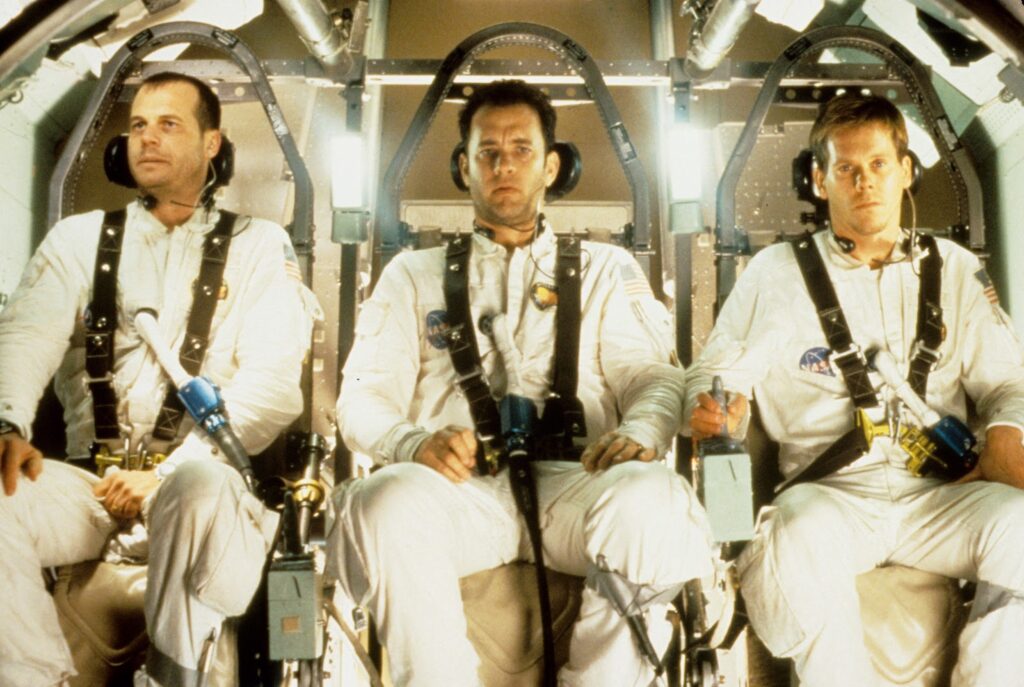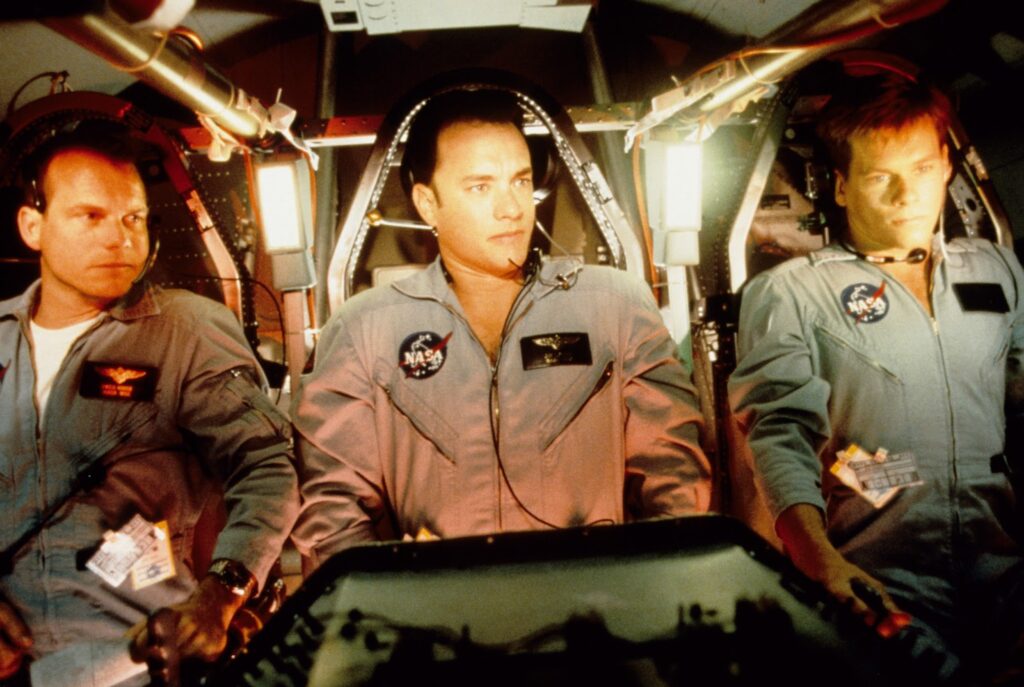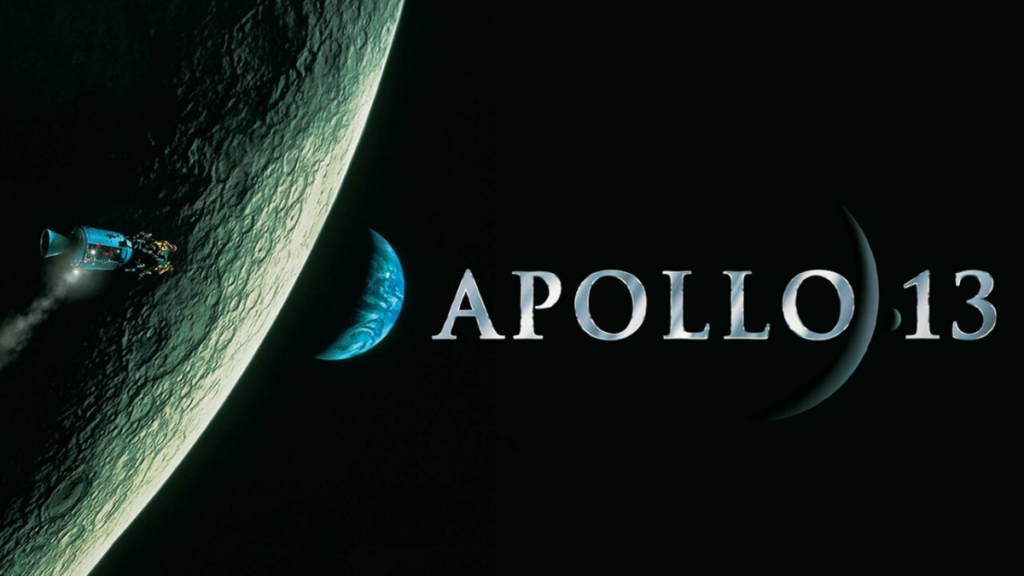In Ron Howard’s ‘Apollo 13’, there’s a memorable scene where a NASA director warns Flight Director Gene Kranz that the mission might turn out to be the worst disaster NASA has ever faced. Kranz responds confidently, “With all due respect, sir, I believe this is going to be our finest hour.” This optimistic view proved prescient as the mission, initially deemed a failure, is now celebrated as a “successful failure,” showcasing human ingenuity and resilience. Howard’s film captures the lead-up to the mission, the dramatic events, and the successful recovery, but how accurate is it?
The film accurately portrays several key events. For instance, Ken Mattingly, played by Gary Sinise, was indeed removed from the mission due to German measles exposure, although he never contracted the illness. Marilyn Lovell, Jim Lovell’s wife, did lose her wedding ring before the launch, but unlike in the film, she was able to retrieve it.
Also Read: Halle Berry Reveals Full List of Injuries From Action Movies: ‘I’ve Been Knocked Out 3 Times’

The film’s depiction of the liftoff, which occurred on 11th April, 1970, at 13:13 military time, is mostly accurate. The Saturn V rocket experienced an engine shutdown, which was corrected by burning the remaining engines longer. However, the blinking light indicating engine failure in the film is a dramatic addition not present in reality. The crew did play a tune after launch, but it was the theme from ‘2001: A Space Odyssey’, not ‘Spirit in the Sky.’
When the crisis hit the famous line, “Houston, we have a problem,” differs slightly from what was said. Swigert initially said, “Okay, Houston… I believe we’ve had a problem here,” and Lovell followed with more specific details. The film uses the more dramatic phrasing for impact.

The real-life chaos of the mission was less dramatic than depicted. NASA had prepared for such emergencies, and the solutions were found through rigorous simulation, not intense on-screen problem-solving. Kranz’s famous line, “Failure is not an option,” is a dramatic summary of his actual words, which emphasized the commitment to bringing the crew home safely.
The film’s portrayal of the CO2 scrubber solution, where engineers adapt materials to fix a critical issue, oversimplifies the real process, which had been anticipated and practised in simulations. The movie’s dramatic re-entry scene is slightly less intense than reality; the blackout lasted six and a half minutes, not the four minutes shown.
While ‘Apollo 13’ makes some dramatic adjustments, it remains more accurate than the 1974 TV movie ‘Houston, We’ve Got a Problem’, which faced criticism for its fictionalized and melodramatic portrayal. Ron Howard’s film, despite its Hollywood embellishments, effectively balances historical accuracy with compelling storytelling, capturing the spirit of the mission without sacrificing the essence of the real events.
–Farheen Ali
